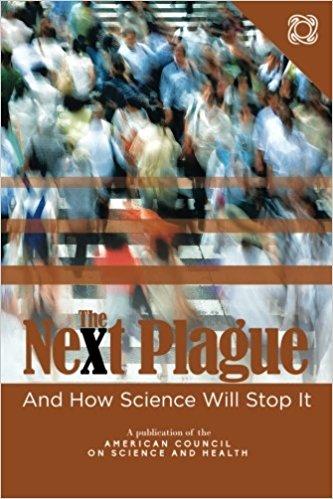Before modern study of microbiology, how diseases spread was essentially unknown. The leading hypothesis until the 1850s and real understanding of microorganisms was called “miasma theory.” Miasma is the bad-smelling air that originates from decaying material, and it was believed that miasma made people ill. The legacy is still with us today, in diseases like "malaria" (mala, “bad” and aria, “air”) which afflict 200 million per year.
It had been suspected for some time that organisms existed that were too small to be seen by eye (i.e., microscopic) but the idea was not proven before the invention of the microscope in the late 17th Century. Dutch professional draper Antonie van Leeuwenhoek put a drop of water under his handmade microscope and saw the now famous “wee animalcules.”
Over the next 200 years there would be incredible breakthroughs. Louis Pasteur's contributions are now legend. Robert Koch defined, through elegant experimentation, the four rules that must be true in order to conclude that a particular microorganism causes a disease, now known as “Koch’s postulates.”
We've made terrific inroads in public health since then, but the war is not over, nature still wants to kill us and everything else that shows any weakness. Since we can now monitor these these things, we know there about five emerging infectious diseases each year. Viruses, bacteria, fungi, and parasites are all out to win under their own evolutionary mandate.
Standing against them is science. In The Next Plague and How Science Will Stop It, the American Council on Science and Health discusses how we will defeat the diseases of the future. Though some believe humanity is doomed, the reality is just the opposite.
Download a free PDF or purchase a physical copy.
If you download a copy, please support our evidence-based decision-making and outreach efforts by making a tax-deductible donation here.



